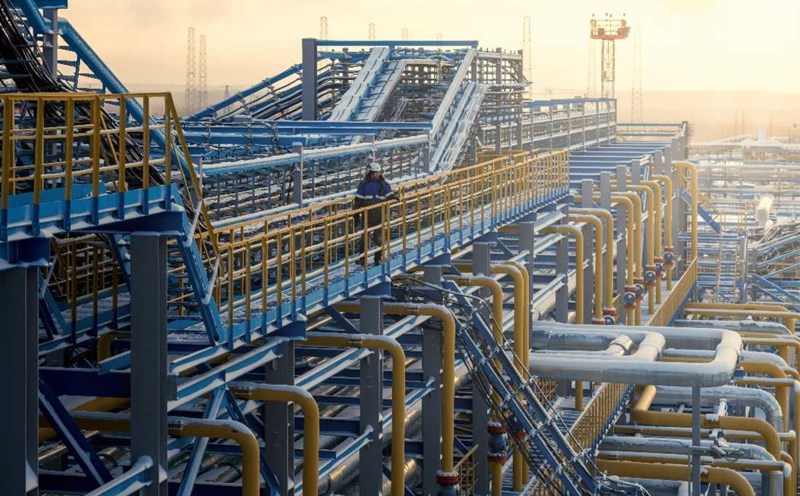Ukraine faces the prospect of not being able to overcome the coming winter if it does not urgently import billions of cubic meters of gas. In the context of the conflict not yet calm and finances being tight, the risk of "heating down" is gradually becoming clear.
TASS reported that former General Director of the Ukrainian Gas Transmission System (GTS), Mr. Sergey Makogon, recently released shocking information on his personal Telegram channel: As of April 2025, Ukraine's underground gas storage facilities have only 0.66 million m3 of gas that can be exploited. This figure is not small enough to match the minimum demand for winter - which needs to be up to 8.2 to 9 billion m3.
In fact, Ukraine still has about 4.6 billion cubic meters of gas known as a technical buffer, which cannot be exploited due to the need to maintain system pressure. This pushed the actual occupancy rate of reserves to just 2.22% - the lowest level in the entire history of system operation, Mr. Makogon emphasized.
To meet heating needs for the coming winter, Ukraine will need to import about 5.5-6.3 billion cubic meters of gas, with a total estimated cost of up to three billion dollars, Makogon said.
In the context of the economy still struggling between war, financial crisis and inflation, this is a difficult problem that has not been solved.
Notably, since February 2025, Ukraine has had to import gas at double prices because Naftogaz Group "could not stock up" on cheap prices at the right time. This has further strained the budget, while the preparation time for winter is only a few months away.
Gas exhaustion is not only an energy problem but also a strategic risk. In the context of the prolonged war with Russia - a country that was once a major gas supplier, Ukraine had to turn to imports from Europe via transit routes, while prices fluctuated continuously according to geopolitical developments.
In addition, Ukraine's domestic gas production capacity is only enough to meet a small part of demand, especially in the winter when consumption skyrockets due to heating demand.
The worst case scenario is a widespread power outage and loss of heating systems, especially in densely populated urban areas or war areas. Hospitals, schools, and critical infrastructure could be severely affected if there is no stable gas supply.
Even areas with temporary stabilization in security will face a wave of domestic migration if the gas crisis escalates.











